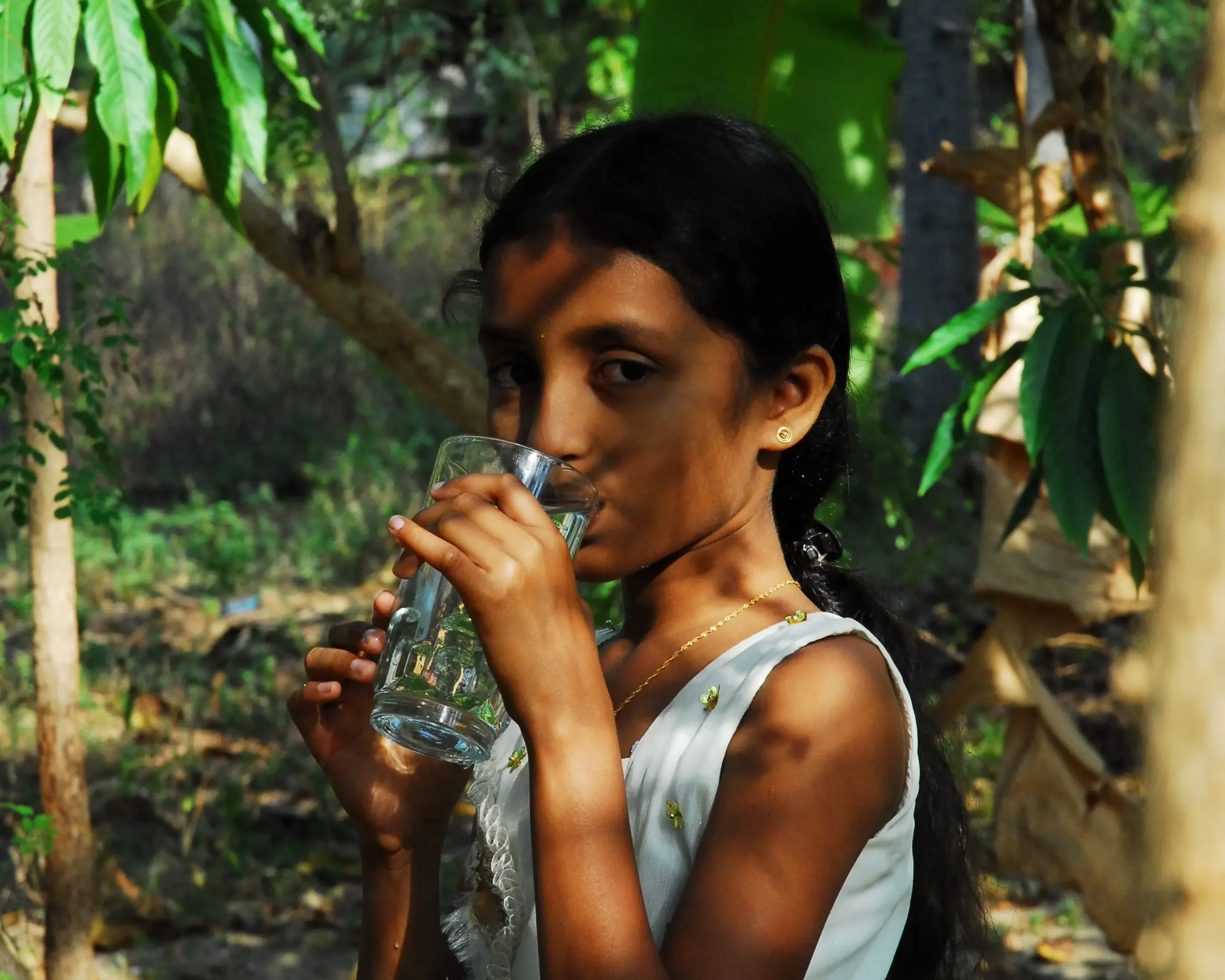Bioremediation of Drinking Water: Case of Kalpitiya
NSRC has been engaged in research and testing of bioremediation methods for drinking water wells since 2005 and on the basis of her work, Executive Director, Kamal Melvani was a semifinalist for the World Water Prize, 2009.
This work started in villages on the Kalpitiya Peninsula, Puttulam District. The coastal area is home to very intensive commercial agriculture focused on tobacco, chilies, beets onions and beans. These crops are grown in sandy soils with heavy inputs of nitrate laden fertilizers which then seep into and pollute the shallow freshwater aquifer below. As a result of this chemical load, drinking water in the area was not potable. Increased levels of nitrates impact human health and increased incidences of blue baby syndrome (Methemoglobinemia), miscarriages and gastrointestinal cancers were documented for the area.
NSRC pioneered bioremediation of nitrate contaminated in public wells here with research funding from the National Water Supply and Drainage Board (2001/2003) and implementation funds from CWI/UNDP (2004/2007). Bioremediation is the use of natural processes (plants and soil microbes) to breakdown hazardous substances into less toxic compounds.
NSRC created a demonstration micro watershed around a drinking water well with unpotable water in Nawakkaduwa village using over 1608 trees and plants of 99 species native to the scrub forests found in the area. Changes in water quality were measured monthly in the well, in control wells nearby and using piezometers in the vegetation root mat around the well.
In four years time as the vegetation matured, the resulting reduction in nitrates and nitrites in ground water from 58.5 mg/l in 2004 to 12.1mg/l in 2008 made the well water potable to World Health Organization Standards.
The technology was extended to restore the micro watersheds of 42 public wells in the Kalpitiya Peninsula by planting 12,556 trees leading to successful bioremediation of drinking water for more than 1,513,612 people.
The cost of this technology is negligible when compared to conventional water treatment or expensive technologies like reverse osmosis or microfiltration to deal with water contaminated with nitrates. The bioremediation through micro-watersheds approach was extended in over 1100 wells in additional project areas such as villages recovering from the 2005 Indian Ocean Tsunami in Kalmunai on the East Coast.
One thing is required to support the use of bioremediation for drinking water wells. The communities, landowners and local government must have a lasting understanding of the value of the tree gardens for their drinking water and develop institutions to keep the trees from being felled e.g. for their timber value.
